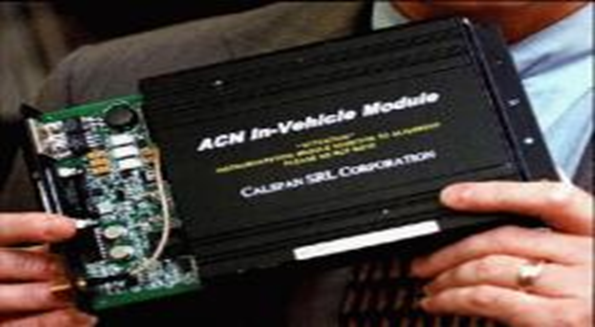If you thought police tracking your movements via license plate scanners was creepy, you may want to check your owner’s manual to see if your own car has been spying on you.
Event data recorders, also known as EDRs or black boxes, began showing up in cars in 1990 when General Motors introduced them for quality control purposes. The New York Times reports 96 percent of cars now carry some sort of black box under the dashboard, and the National Highway Traffic Administration wants thetechnology standard in all vehicles sold in the U.S by 2014.
Automotive black boxes are different than the kind that are in airplanes, which continuously record audio, mechanical functions and location. In cars, the box only transmits information to the car’s computer in the event of a crash or air bag deployment. Recorders capture vehicle speed, brake activity, crash forces and even seatbelt use at the time of the event.
Some consumer advocates say the recording devices are ripe for abuse. Although legally the property of the car owner, 14 states have laws on the books allowing third parties such as law enforcement agencies, lawyers involved in criminal or civil suits and insurance companies access to the information via warrant.
“These cars are equipped with computers that collect massive amounts of data,” said Khaliah Barnes of theElectronic Privacy Information Center, a Washington-based consumer group told The New York Times. “Without protections, it can lead to all kinds of abuse.”
There are currently no guidelines on how the information can be used and, since the equipment and expertise to access the information in proprietary to each manufacturer, no way to independently verify or challenge readings in court. NHTSA regulations would require automakers to provide a commercially available event data reader in the future, but there are currently no options for consumers to get at their own data. Click here to read more about this fascinating story.



